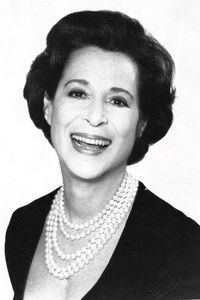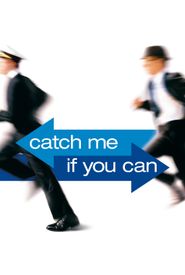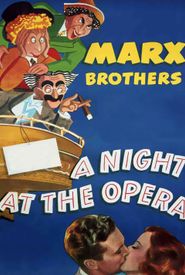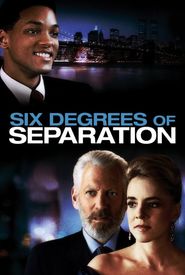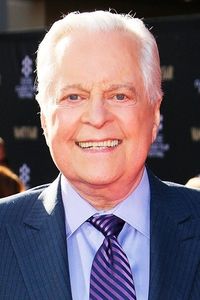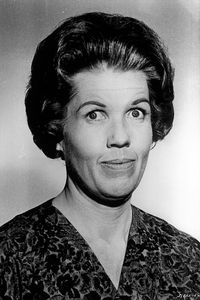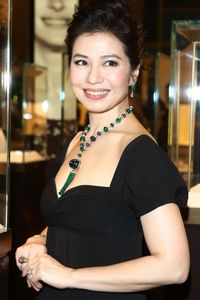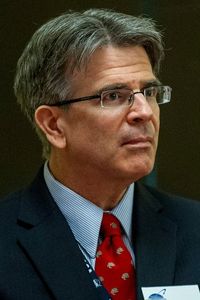Kitty Carlisle Hart: A Life of Enduring Legacy
Born Catherine Conn on September 3, 1910, in New Orleans, Louisiana, Kitty Carlisle Hart's early life was marked by a strong sense of ambition and a desire to pursue her dreams. After her father's untimely death at the age of ten, her mother, Hortense (Holzman),took Kitty to Europe, where she received her adult education in Switzerland, London, Paris, and Rome.
Kitty's early career in the performing arts was marked by her acceptance into London's Royal Academy of Dramatic Art and her training at the Theatre de l'Atelier in Paris. She eventually returned to New York in 1932, where she apprenticed with the Bucks County Playhouse in New Hope, Pennsylvania.
Her early ingénue movie career included roles in the musical mystery "Murder at the Vanities" (1934) and alongside Allan Jones in the classic farce "A Night at the Opera" (1935). She also appeared in a number of operettas, including "Champagne Sec" (1933),"White Horse Inn" (1936),and "Three Waltzes" (1937).
Kitty's theatre roots were strong, and she appeared in a number of chic and stylish plays and musicals throughout the 1940s, including "French Without Tears," "The Night of January 16th," "Walk with Music," "The Merry Widow," "Design for Living," and "There's Always Juliet." She also performed in Benjamin Britten's 1948 American premiere of "The Rape of Lucretia."
Kitty's marriage to Pulitzer Prize-winning playwright Moss Hart in 1946 marked a new chapter in her life. She appeared in a number of his works, including "The Man Who Came to Dinner" (1949) and the witty Broadway comedy "Anniversary Waltz" (1954). The couple had two children, and Kitty never remarried after Moss's death in 1961.
It was her work on the small screen that made Kitty a welcome household commodity. She was a steadfast panelist on several quiz shows in the 1950s, including "To Tell the Truth" (1956),which anointed her game show doyenne and icon. She appeared on the show for over 20 years, becoming known for her stately presence, infectious laugh, and sweeping couture gowns.
In later years, Kitty became an important society maven of New York City, an avid patron and zealous supporter of the performing arts. She was appointed to various state-wide councils and served as chairman of the New York State Council of the Arts from 1976 to 1996. She was also a noted lecturer and active in administrative capacities, including as Chairman of Governor Rockefeller's Conference on Woman (1966) and as special consultant to the Governor on women's opportunities.
Kitty never stopped entertaining. She made her Metropolitan debut on New Year's Eve 1966 as Prince Orlovsky in "Die Fledermaus" and appeared in concert with the Philadelphia Orchestra and the Boston Opera Company. She added stature to a number of summer stock plays, including "Kiss Me Kate," "The Marriage-Go-Round," and her husband's "Light Up the Sky."
Kitty's autobiography, "Kitty," was published in 1988. In the millennium, she appeared in a number of documentary films and TV movies. She died on April 17, 2007, at the age of 96, in Manhattan, leaving behind a legacy that will endure for generations to come.
